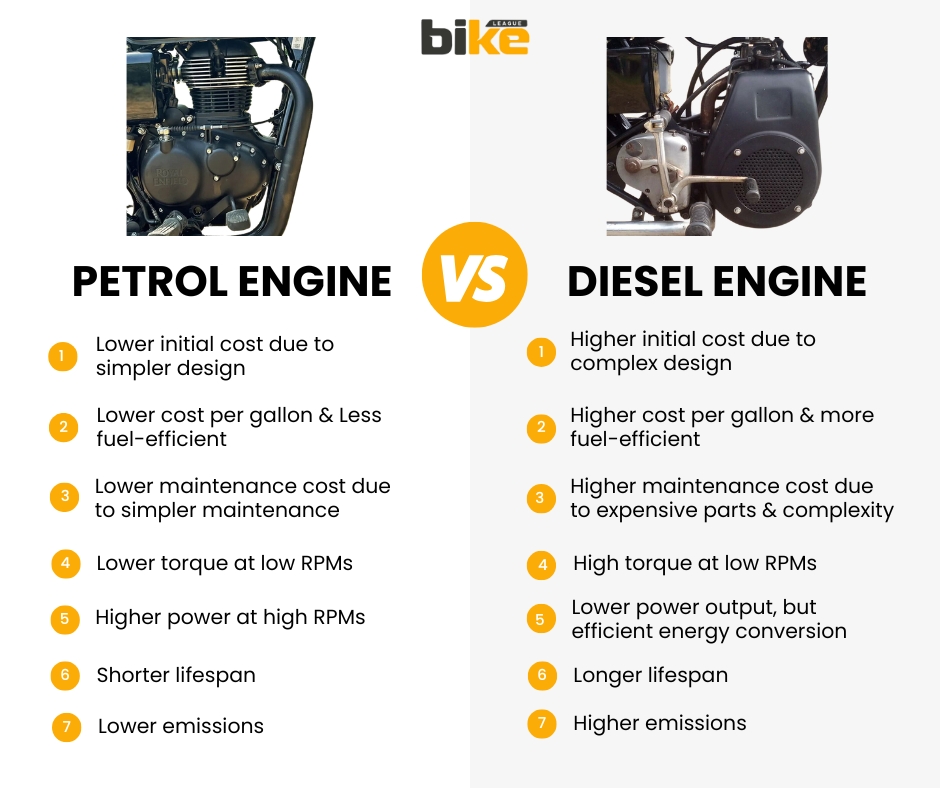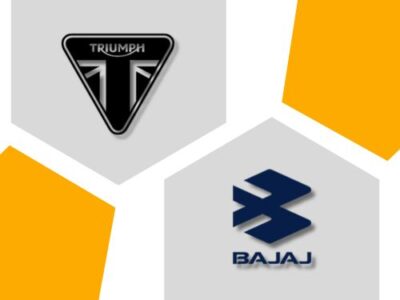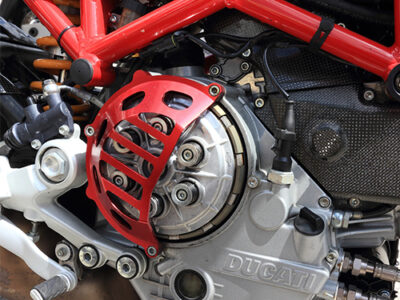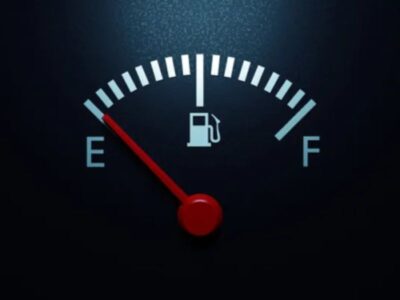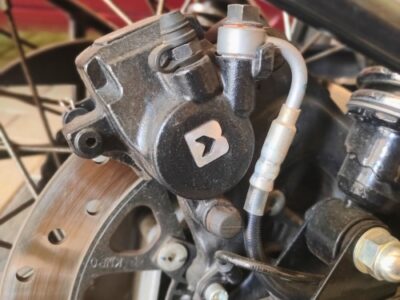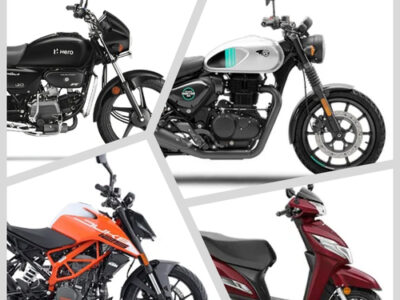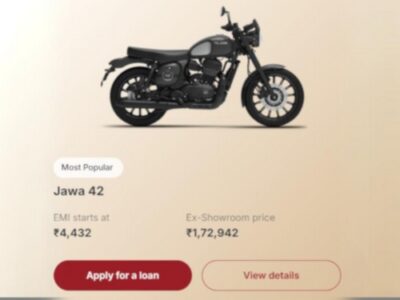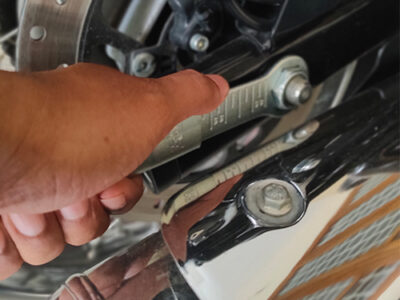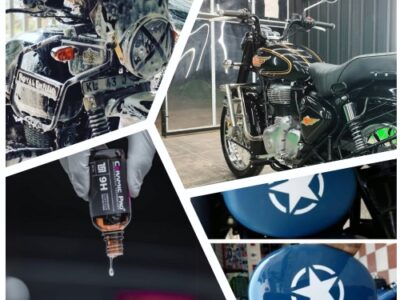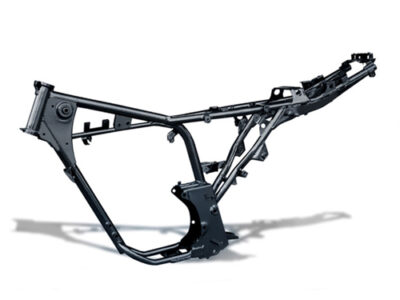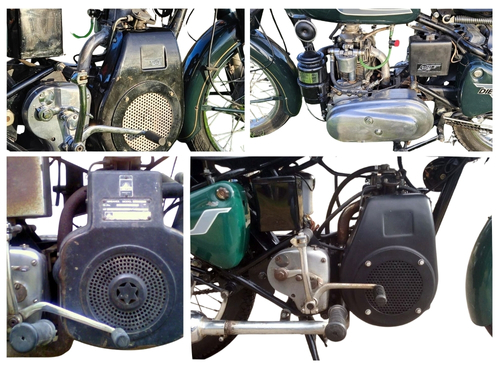
|
Getting your Trinity Audio player ready...
|
Long story short: Have you ever wondered why diesel bikes/motorcycles are unpopular in India, even though fuel is more affordable? Let’s dive into the reasons! We’ll explore some technical challenges, economic factors, and the regulations that influence the market.
India is known for its vibrant transportation scene. Motorcycles are the go-to option for many people seeking affordable and efficient ways to get around.
Even though diesel fuel will be cheaper than petrol, you won’t find diesel engines in the two-wheeler market. There are some unique challenges specific to India that keep them from making an appearance. It’s an interesting situation, for sure!
1. Technical Challenges
Engine Weight and Size
One of the main reasons we don’t see many diesel engines in bikes and motorcycles in India is their weight and size. Diesel engines tend to be heavier and bulkier than petrol engines because they operate at higher compression ratios and have more robust internal parts.
This can create a challenge for designing two-wheelers, where keeping things lightweight is essential for easy handling and good fuel efficiency. The extra weight from a diesel engine could make the ride less nimble. Ultimately, this can make diesel-powered scooters and motorcycles less appealing to riders who value agility on the road.
Vibration and Noise
Diesel engines create more vibration and noise than petrol engines, especially at lower RPMs. While this is a common trait, it can be challenging for bikes, where comfort is essential for riders.
Those extra vibrations might lead to fatigue on longer journeys and cause wear on specific parts over time. The unique sound of a diesel engine can be pretty noticeable on a two-wheeler. This might not appeal to everyone, especially those who enjoy a quieter ride.
Power Delivery and Performance
Diesel engines are great at producing torque, but they usually don’t offer the same power levels or high-end performance as petrol engines of the same size.
This difference in power delivery can make them feel a bit less suited for the riding experience many people look for in motorcycles, especially in commuting and sports bikes.
Petrol engines are a popular bike choice in India, where consumers often value quick acceleration and higher top speeds.
2. Economic Factors
Initial Cost
Despite the lower cost of diesel fuel, the initial purchase price of a diesel-powered two-wheeler would be significantly higher than its petrol equivalent. The more complex engine design, including stronger components and advanced fuel injection systems, drives up manufacturing costs.
In a price-sensitive market like India, affordability is crucial to motorcycle purchases. This higher upfront cost would be a significant deterrent for potential buyers, even with the promise of long-term fuel savings.
Maintenance Costs
Diesel engines generally require more frequent and costly maintenance compared to petrol engines. The higher compression ratios and fuel pressures in diesel engines lead to increased wear on components, necessitating more regular servicing and parts replacement.
For cost-conscious Indian consumers, higher ongoing maintenance expenses could outweigh the benefits of cheaper fuel, especially considering the relatively low annual mileage of many two-wheeler users in urban areas.
Fuel Efficiency Gains
Diesel engines are often the champions of fuel efficiency for larger vehicles. However, the advantages aren’t as noticeable in smaller engines like bikes.
On the bright side, modern petrol engines in Indian scooters and motorcycles have made impressive improvements in fuel economy, getting closer to diesel efficiency.
This narrowing gap in real-world fuel consumption means that the economic benefit of choosing a diesel-powered two-wheeler is less compelling than it used to be.
3. Regulatory & Environmental Considerations
Emission Standards
India has been steadily ramping up its emission standards, with the introduction of Bharat Stage VI (BS6) in April 2020. While this is an excellent step for the environment, it does present a bit of a challenge for diesel engines, especially in smaller bike models.
Manufacturers must use advanced technologies like diesel particulate filters (DPF) and selective catalytic reduction (SCR) systems to meet these new standards. However, incorporating these features into compact two-wheelers can be pricey.
As a result, it’s becoming a challenge for companies to create diesel bikes that meet these strict emission regulations and are affordable for everyday riders.
Government Policies
The Indian government is excited about promoting cleaner transportation options, particularly electric vehicles (EVs) and alternative fuels. They have introduced various policies and incentives to encourage people to adopt electric bikes instead of focusing on diesel technology in this area.
This supportive environment makes it less appealing for manufacturers to invest in diesel-powered bikes, especially since the future of such products is uncertain due to changing environmental policies.
Public Perception
Diesel engines have received considerable attention worldwide lately, mainly because of concerns about air quality in our cities. In India, where air pollution is a big challenge, more and more people are becoming aware of the health risks of diesel emissions.
As a result, there’s a growing conversation about cleaner options, which has led to a shift in how people view diesel technology. This evolving mindset and the government’s encouragement for greener alternatives make the market a bit tricky for diesel-powered bikes. In addition, in the next section, we will mention the list of diesel bikes that were available in India.
List of diesel bikes that were in India
Here is a list of all diesel motorcycles that were available in India, including locally made-and imported ones.
1. Royal Enfield Taurus
- Manufacturer: Royal Enfield (India)
- Engine: 325cc diesel engine
- Significance: The world’s first mass-manufactured diesel motorcycle
- Production period: 1980s and 1990s
2. Sooraj Diesel Motorcycle
- Manufacturer: Sooraj Automobiles (India)
- Engine: 325cc Lombardini diesel engine
- Transmission: 4-speed Albion gearbox
3. Sommer Diesel 462 (Imported)
- Manufacturer: Sommer Motorradtechnik (Germany)
- Engine: 462cc diesel engine (Bavarian Hatz Diesel)
4. Track T-800CDI (Imported)
- Manufacturer: EVA Products BV (Netherlands)
- Engine: Diesel engine derived from a Smart car
5. Hayes Diversified Technologies (HDT) Diesel Motorcycles (Imported)
- Initially developed for military use
- Availability: Limited imports by collectors and enthusiasts
- Key features: Durability, ability to run on various types of diesel fuel
FAQ related to diesel bikes/motorcycles in India
1. Why aren’t diesel engines used in bikes in India despite cheaper fuel costs?
Even though diesel prices are lower, the technical challenges, higher upfront costs, and regulatory hurdles make it challenging for bikes in India to truly benefit from the potential fuel savings.
2. What are the main technical challenges of using diesel engines in motorcycles?
A few technical hurdles must be considered when using diesel engines in bikes’ compact and nimble design. These include the engine’s weight and size, increased vibrations and noise, heat generation, and performance at lower RPMs. These challenges highlight the intricate process, making it a fascinating topic to explore!
3. How do emission regulations affect the use of diesel engines in bikes?
Tough emission standards like BS VI can make it quite challenging to fit the necessary emission control technologies, like DPF and SCR, into bikes’ limited space. They can also get a bit pricey, but it’s all about keeping our environment cleaner!
4. Are diesel motorcycles more fuel-efficient than petrol ones?
Diesel engines are often praised for their fuel efficiency, but when it comes to smaller bikes, the perks aren’t quite as standout. The economic benefits might not feel as compelling for those smaller engines!
5. What are the cost implications of producing diesel bikes?
Making diesel bikes tends to be more expensive because they require sturdier parts, sophisticated fuel injection systems, and technology to control emissions. This can make them a bit pricier in the budget-conscious Indian market.
6. How do diesel engines affect the performance of bikes?
Diesel engines are great for delivering strong torque. Still, they tend to have lower power outputs and may not perform as well at higher speeds than petrol engines. This can make petrol engines a better fit for the exciting riding dynamics many bikers look for!
7. What are the environmental concerns related to diesel bikes?
Diesel engines often release more particulate matter and nitrogen oxides, contributing to air pollution and negatively affecting health. Because of this, they’re generally viewed as less eco-friendly than other options.
8. How do maintenance costs compare between diesel and petrol bikes?
Diesel engines require more regular maintenance and can be pricier. This is because they operate at higher compression ratios and fuel pressures, which can lead to more wear on the parts.
9. Are there any successful examples of diesel motorcycles in India?
Royal Enfield has an exciting history with diesel motorcycles, especially the Bullet, known for its reputation & excellent fuel efficiency. However, these models eventually ended due to technical and regulatory hurdles.
10. Why are manufacturers not investing in diesel technology for bikes in India?
Manufacturers are really embracing cleaner technologies, like electric vehicles, especially with the help of government incentives. People’s preferences are shifting, and there’s also some uncertainty around diesel technology because of changing environmental policies. It’s an exciting time for innovation and sustainability!
Other related articles from Bikeleague India
- Motorcycle engine – Understanding the different types
- Bike wash – Different types, procedures, precautions, FAQ
- All about PUC Certificate & Bharat Stage for bikes in India
- Bike loan Interest rate – Factors that have an impact in India
- Home
Conclusion
In conclusion, we hope you have a crystal clear idea about why diesel bikes and motorcycles aren’t seen much in India. Well, it all comes down to a mix of factors. Diesel engines tend to be heavier and larger and can be noisy and shaky, making them less ideal for bikes.
If you have any questions or need more information, email us at bikeleague2017@gmail.com or leave a comment below. We’re always here and happy to help!. Similarly, don’t forget to check out Bikeleague India on our social media platforms to stay connected!.

